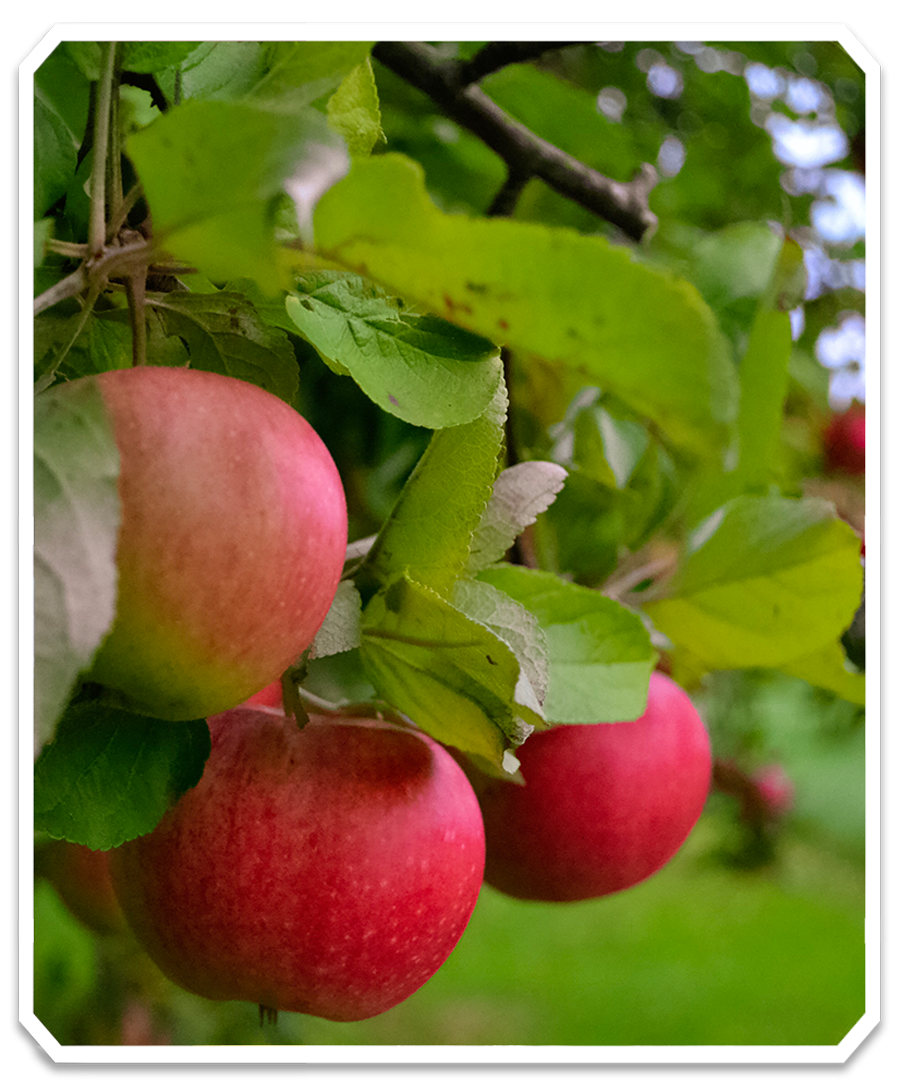A century is made up of one hundred years. Practice counting by tens to 100, orally. Write the numerals 1 through 100. Find the two-page spread in the book that mentions when Johnny planted trees. Read the text. “These apple trees were planted here, A century ago—A hundred years of springtime bloom, A hundred years of snow.”
Demonstrate fractions by cutting an apple in half, then in quarters, and finally in eighths. Read Apple Fractions by Jerry Pallotta (2002; reprinted Paw Prints, 2009).
Make a timeline of events that happened during the life of John Chapman. Examples would be the events leading up to and taking place during the American Revolution and the War of 1812. Print or draw pictures to illustrate the timeline.
Purchase several types of apples. Upon arriving home, make an apple graph. At the bottom of the graph, draw a picture of each apple, color the skin to match, and label with the name of the apple. Cut each apple into slices. Offer family members and friends a taste of each type of apple, adding a tally mark to the graph for each participant’s favorite types. When every participant has tasted the apples and preferences have been recorded, determine which apple type received the most and least tallies. Share the results with the people who participated.
Autumn is a great time to make and taste foods made with apples. Purchase or make apple products to taste, maybe apple pie, butter, juice, fritters, chips, or tarts. Read How to Make an Apple Pie and See the World by Marjorie Priceman (1994; reprinted Dragonfly Books, 2014). Locate the places mentioned in the book on a world map or globe.
The insides of an apple appear differently depending upon how they are cut. Cut one apple horizontally. Cut another vertically. Compare the cross sections. One view reveals a star in the middle of the apple and allows for the seed to be clearly visible. Count the seeds. Draw each view. Use the cross sections to make apple prints. To do so, place a thin, shallow layer of red or green paint on a paper plate or Styrofoam meat tray. Lightly press the apple in the paint and then onto a piece of construction paper. Use the prints to create a piece of art or to make cards for friends, family, or neighbors.



